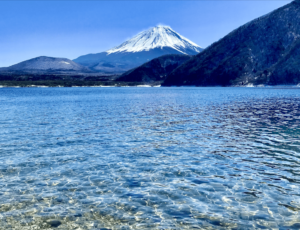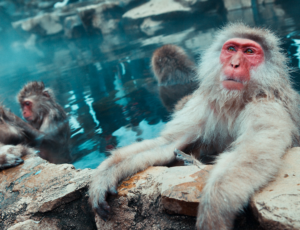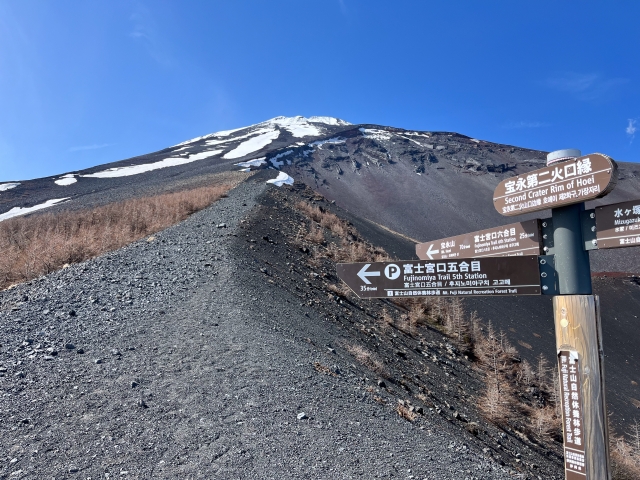
The Best Way to Climb Mt. Fuji: Trails and Lodges You Need to Know
Mt. Fuji, Japan’s tallest peak, is a popular climbing destination that attracts thousands of adventurers each year. The breathtaking sunrise, sea of clouds, and night views from the summit or mountain huts make the climb truly rewarding. However, Mt. Fuji should not be underestimated. The climb requires careful planning and preparation for all, as even experienced climbers can face serious dangers on the trails. Thorough research and preparation are essential to ensure a safe and successful ascent.
Jump to:
Climbing Season and Opening Dates
- Yoshida Trail (Yamanashi Prefecture)
- Subashiri Trail (Shizuoka Prefecture)
- Gotemba Trail (Shizuoka Prefecture)
- Fujinomiya Trail (Shizuoka Prefecture)
Climbing Season and Opening Dates
The climbing season for Mt. Fuji generally opens around July 1st on the Yamanashi side and July 10th on the Shizuoka side, with both sides closing around September 10th. However, these dates can vary, so it is necessary to check the official announcements.
Main Trails to the Summit
Mt. Fuji has four main trails, each with its own opening period and unique features. Here’s a brief overview:
1. Yoshida Trail (吉田口) (Yamanashi Prefecture)
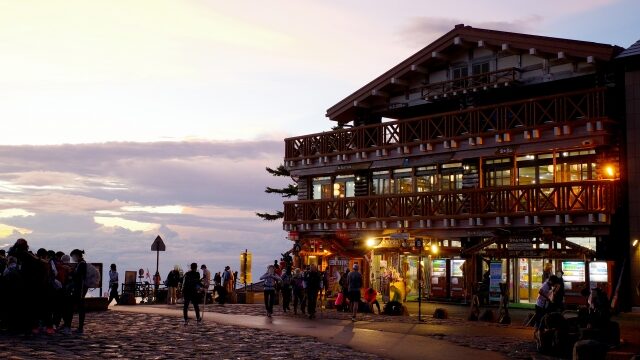
Yoshida Trail (Yamanashi Prefecture):
- Start Point: Fuji Subaru Line 5th Station
- Elevation Gain: 1,405 meters
- Duration: 5-7 hours to the summit
- Features: This is the most popular route, with multiple mountain huts and facilities. It offers a fantastic view of the sunrise if you start climbing in the early morning.
- Mountain Huts: Fuji-san Hotel, Taishikan, Ganso Muro, Tomoe-kan
2. Subashiri Trail (須走口) (Shizuoka Prefecture)
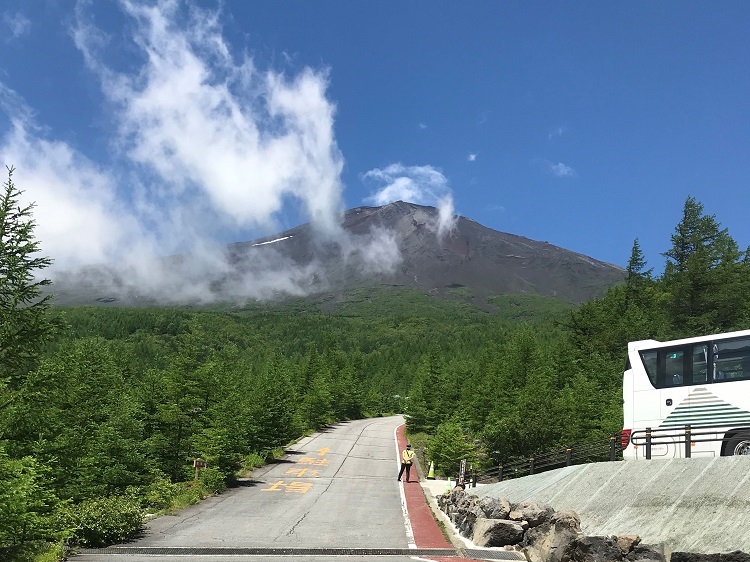
Subashiri Trail (Shizuoka Prefecture):
- Start Point: Subashiri 5th Station
- Elevation Gain: 1,740 meters
- Duration: 5-8 hours to the summit
- Features: This trail is less crowded and offers a scenic forested path up to the 7th station. The descent is relatively easier due to its sandy terrain.
- Mountain Huts: Taiyokan, Miharashi, Kikuya
3. Gotemba Trail (御殿場口) (Shizuoka Prefecture)
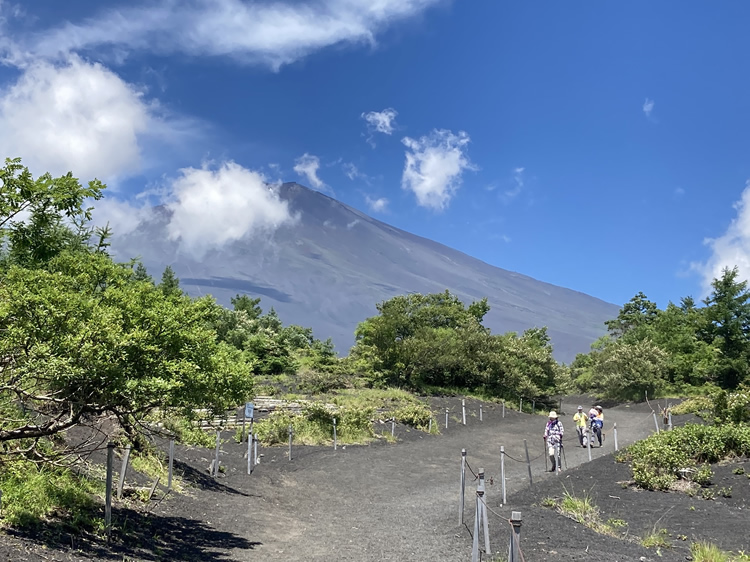
Gotemba Trail (Shizuoka Prefecture):
- Start Point: Gotemba New 5th Station
- Elevation Gain: 2,260 meters
- Duration: 7-10 hours to the summit
- Features: The longest and least crowded trail, it is suitable for experienced climbers. The descent is fast due to the loose volcanic soil.
- Mountain Huts: Waraji-kan, Subashiri-kan, Akaiwahachigo-kan, Ooishi-jyaya
4. Fujinomiya Trail (富士宮口) (Shizuoka Prefecture)
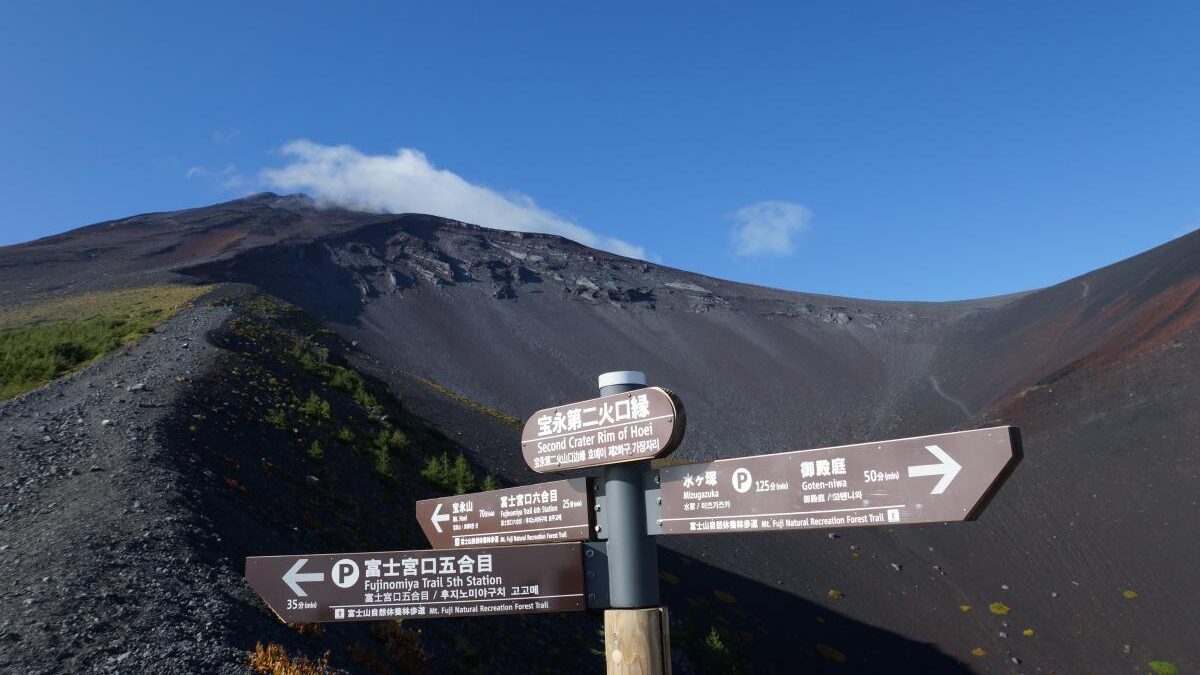
Fujinomiya Trail (Shizuoka Prefecture):
- Start Point: Fujinomiya 5th Station
- Elevation Gain: 1,320 meters
- Duration: 4-7 hours to the summit
- Features: The shortest route to the summit, making it a popular choice for a one-day climb. It is the steepest route.
- Mountain Huts: Chojofuji-kan, Munatsuki-sanso, Mannenyuki-sanso, Ikeda-kan
Tips for a Successful Climb:
- Start Early: Begin your climb early in the morning or opt for a night climb to reach the summit by sunrise.
- Pack Wisely: Bring warm clothing, rain gear, headlamps, snacks, and plenty of water.
- Acclimatize: Spend time at the 5th station to acclimatize to the altitude before starting your ascent.
- Stay Hydrated: Drink water regularly to prevent altitude sickness.
- Check the Weather: Weather conditions can change rapidly, so check forecasts and prepare accordingly..
Conclusion
Climbing Mt. Fuji is a rewarding experience that requires careful planning. By choosing the right trail, staying in comfortable mountain huts, and following essential tips, you can make your climb to Japan’s highest peak a memorable adventure. Remember to respect the mountain and its natural environment, ensuring a safe and enjoyable journey.
*Information as of August, 2024.

